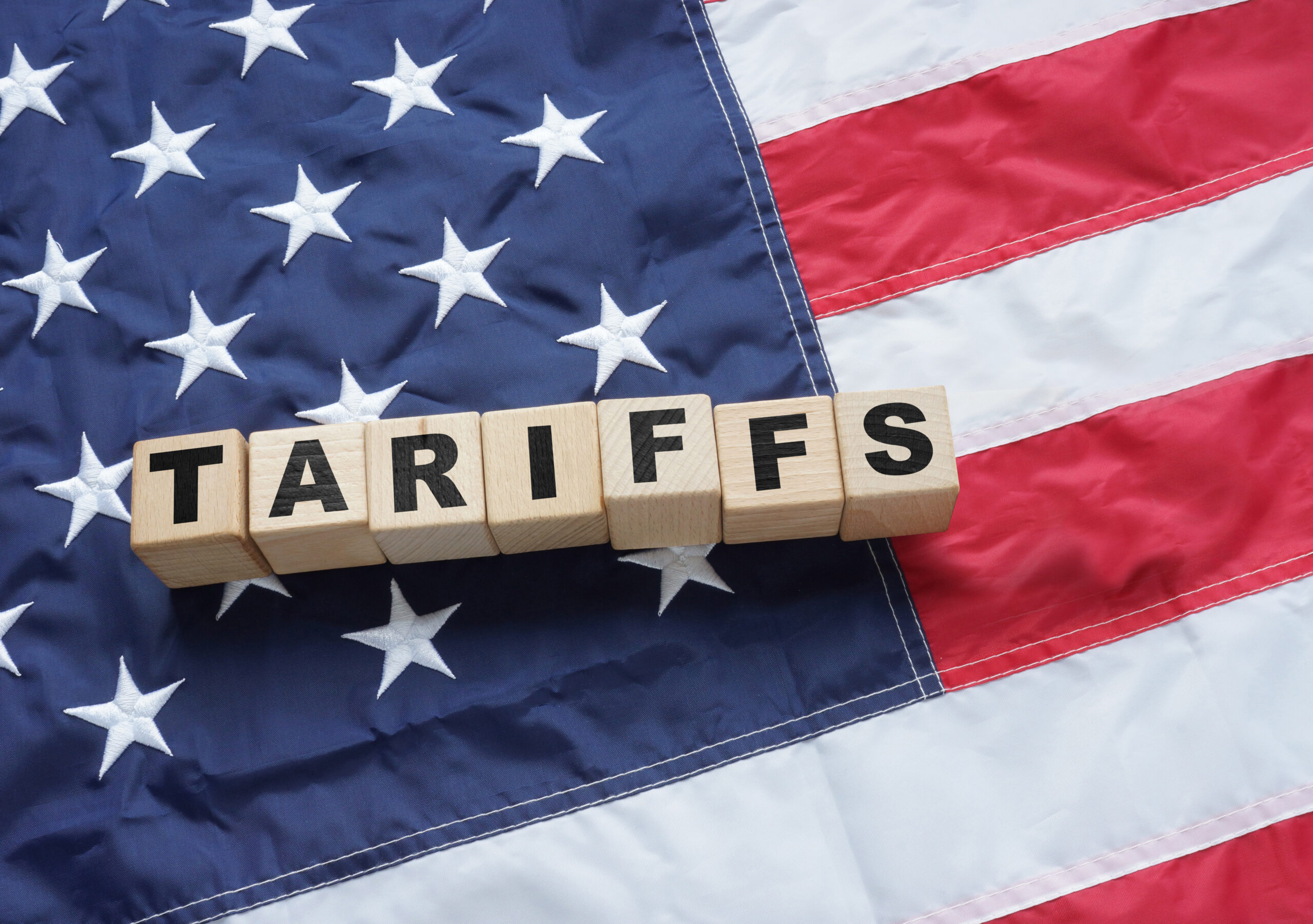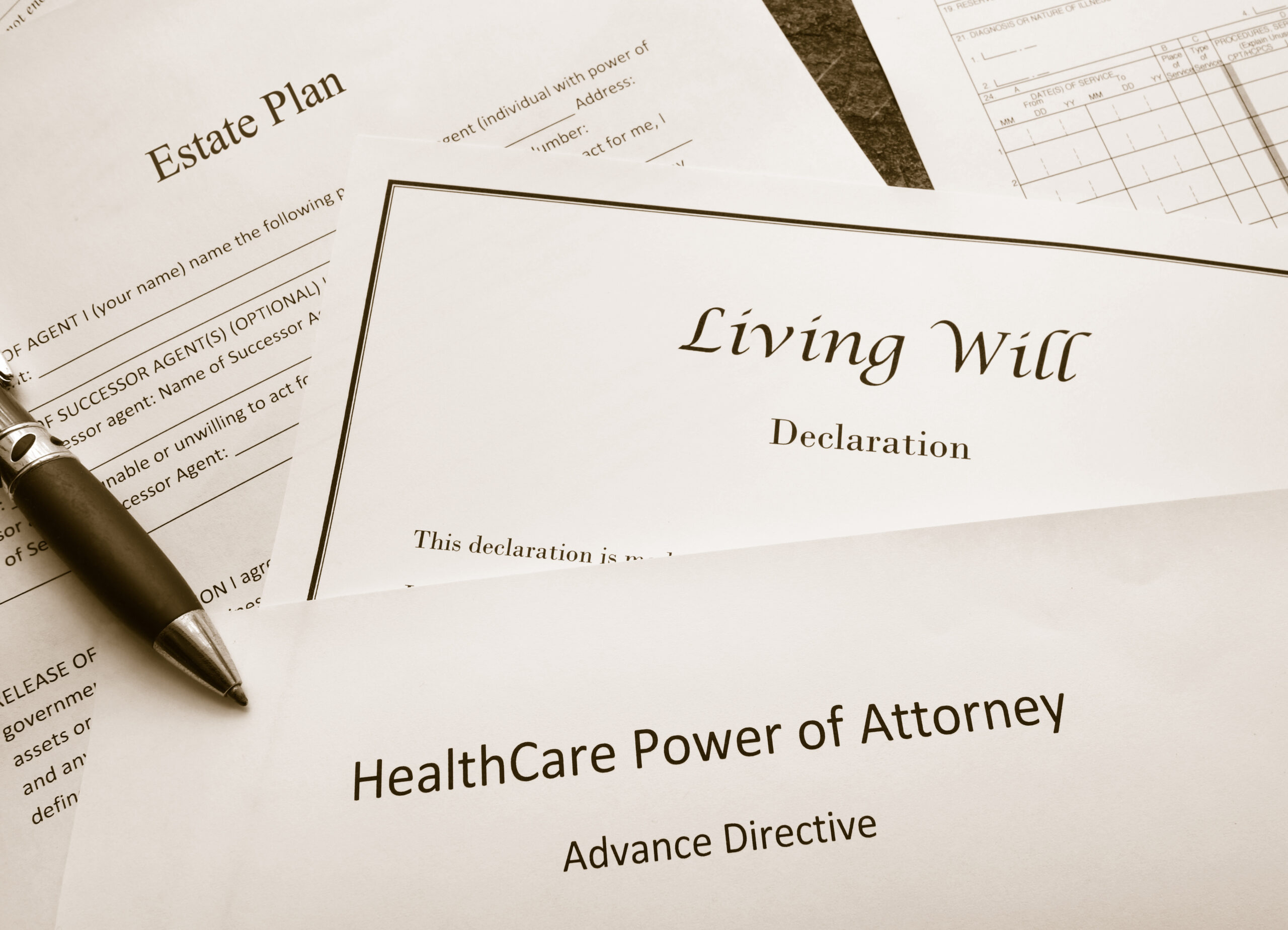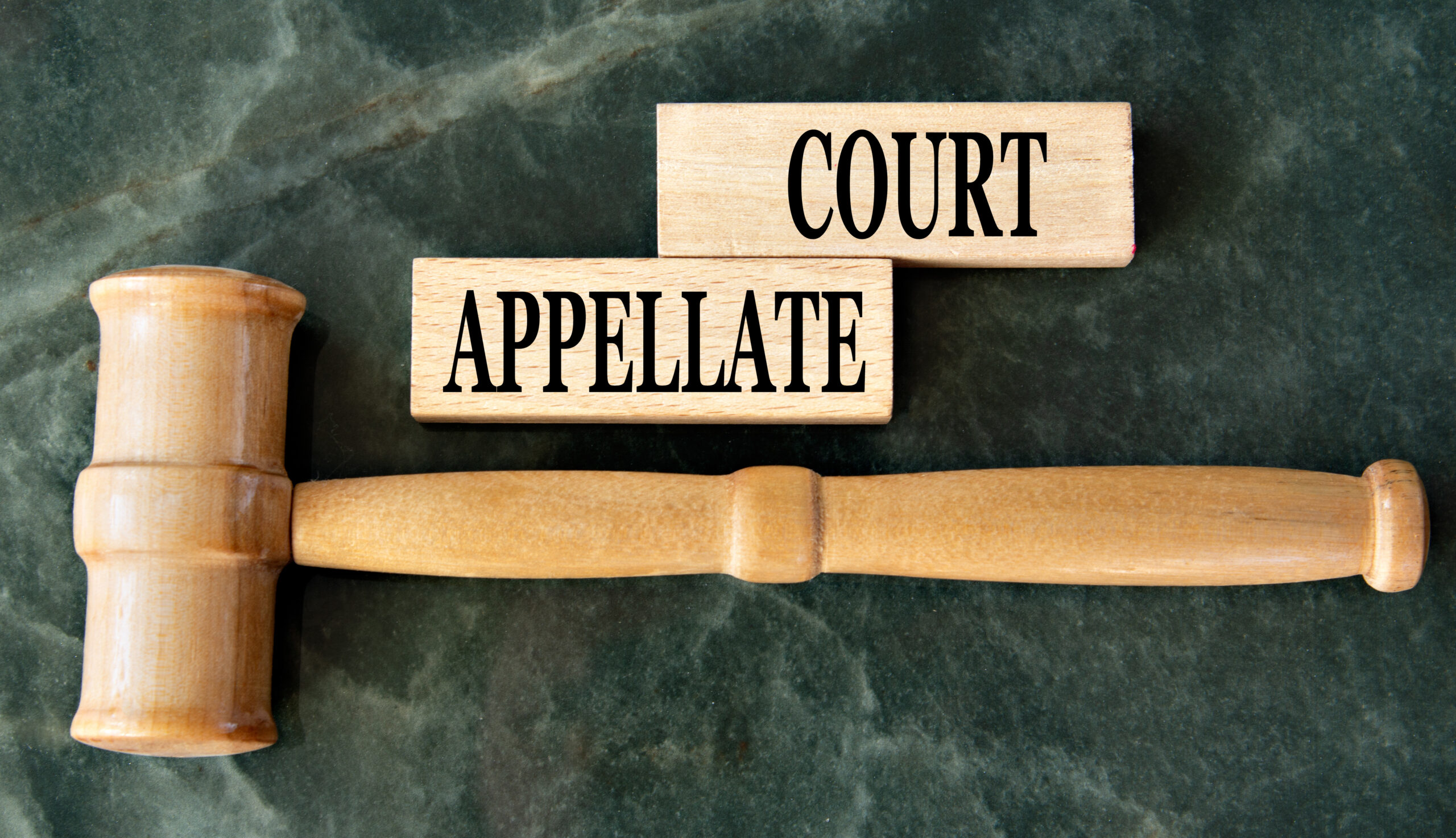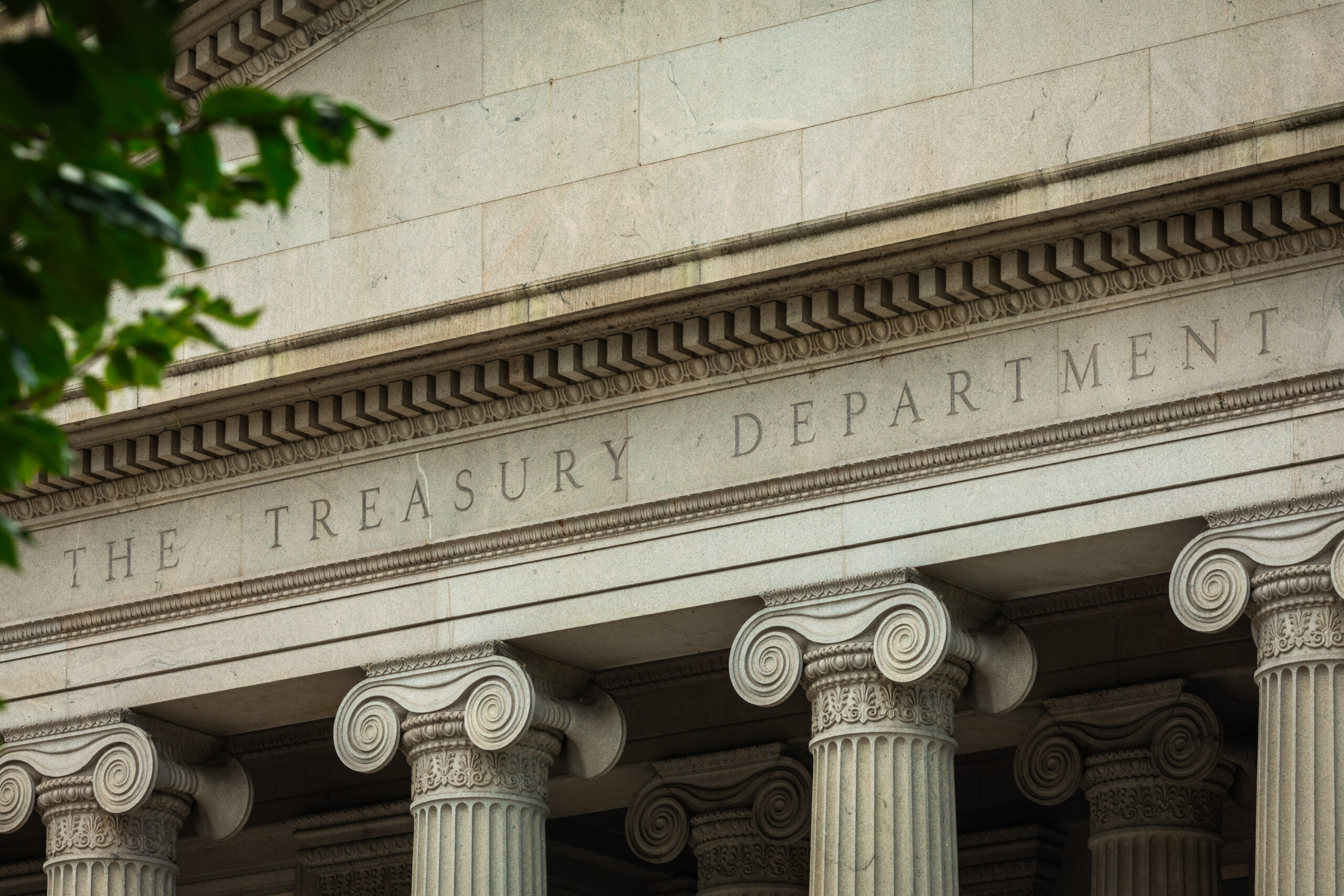 (Updated March 28, 2020) On March 18, 2020, President Trump signed the Families First Coronavirus Response Act (FFCRA) into law. We understand employers are trying to stay abreast of the changing legal landscape in the face of COVID-19 (Coronavirus) and have many questions regarding what this new federal law means for their workforce. Below we provide answers to the frequently asked questions we are receiving from our clients. We will continue to update this list regularly as more information emerges regarding the FFCRA. In the meantime, feel free to reach out to a member of FLB’s Employment Law and Labor Relations team or use the form below to submit your questions.
(Updated March 28, 2020) On March 18, 2020, President Trump signed the Families First Coronavirus Response Act (FFCRA) into law. We understand employers are trying to stay abreast of the changing legal landscape in the face of COVID-19 (Coronavirus) and have many questions regarding what this new federal law means for their workforce. Below we provide answers to the frequently asked questions we are receiving from our clients. We will continue to update this list regularly as more information emerges regarding the FFCRA. In the meantime, feel free to reach out to a member of FLB’s Employment Law and Labor Relations team or use the form below to submit your questions.
Does the FFCRA apply to my business?
The FFCRA applies if an employer has 500 or less full-time and part-time employees. An employer has fewer than 500 employees if, at the time an employee’s leave is to be taken, the employer employs fewer than 500 full-time and part-time employees within the United States. There may be a hardship exemption for those employers with 50 or less employees. Regulations related to a hardship exemption are forthcoming from the U.S. Department of Labor.
When does the FFCRA begin and end?
The FFCRA became effective on April 1, 2020 and concludes on December 31, 2020.
Does the FFCRA provide for sick leave?
Yes, sick leave under the FFRCA is known as the Emergency Paid Sick Leave Act.
How much paid sick leave does the FFCRA provide?
The FFCRA provides full-time employees with up to 80 hours of paid sick leave for certain work absences caused by COVID-19. The FFCRA provides part-time employees with paid sick leave equal to the average number of hours worked by the employee over a typical two-week period for certain work absences caused by COVID-19.
For what reasons can an employee take sick leave under the Emergency Paid Sick Leave Act?
Sick leave under this act is limited to reasons related to COVID-19. Specifically, an employee can take sick leave if the employee is:
- Subject to a government quarantine or isolation order
- Advised by a health-care provider to self-quarantine
- Experiencing symptoms of COVID-19 and are seeking medical diagnosis
- Caring for an individual subject to a government quarantine or isolation order
- Caring for the employee’s child whose school or day care is closed
- Experiencing any other substantially similar condition
At what rate must I pay an employee while the employee is out on sick leave?
If the employee is taking sick leave because they are unable to work (or telework) because the employee is: (1) subject to a government quarantine or isolation order; (2) advised by a health-care provider to self-quarantine; or (3) experiencing symptoms of COVID-19 and are seeking medical diagnosis, then the employee will generally receive the employee’s regular rate of pay during the two-week period. There is a cap on this amount of $511/day or $5,100 over the two-week period.
If the employee is taking sick leave to: (1) care for an individual subject to a government quarantine or isolation order; (2) care for the employee’s child whose school or day care is closed; or (3) experiencing any other substantially similar condition, then the employee is generally entitled to 2/3 of the employee’s regular rate of pay. There is a cap on this amount of $200/day or $2,000 over the two-week period.
There are caveats for certain employees, such as those who earn a significant portion of their income via tipping or those who regularly work overtime.
Are any employees exempt from the FFCRA?
A health care provider may be considered exempt from paid sick leave or expanded family and medical leave by their employer under the FFCRA. The Department of Labor has indicated that a health care provider “is anyone employed at any doctor’s office, hospital, health care center, clinic, post-secondary educational institution offering health care instruction, medical school, local health department or agency, nursing facility, retirement facility, nursing home, home health care provider, any facility that performs laboratory or medical testing, pharmacy, or any similar institution, employer, or entity.”
This definition is expanded to also include “any individual employed by an entity that contracts with any of the above institutions, employers, or entities institutions to provide services or to maintain the operation of the facility. This also includes anyone employed by any entity that provides medical services, produces medical products, or is otherwise involved in the making of COVID-19 related medical equipment, tests, drugs, vaccines, diagnostic vehicles, or treatments.”
Is there any other type of leave under the FFCRA?
Yes, the FFCRA also provides for FMLA leave as part of the Emergency Family and Medical Leave Expansion Act.
Which employees are eligible for FMLA leave under the FFCRA?
Employees who have been employed and on company payroll for the 30 calendar days immediately prior to the day that the employee’s leave would begin are eligible.
How much FLMA leave is permitted under the FFCRA?
Each eligible employee is entitled to up to 12 weeks of FMLA leave for certain issues related to COVID-19.
Why can an employee take FMLA leave under the FFCRA?
An eligible employee can take FMLA leave if the eligible employee is unable to work (or telework) due to a need to care for the employee’s minor son or daughter if the school or place of care has been closed, or the child care provider for such child is unavailable due to a public health emergency.
Are all 12 weeks of FMLA leave under the FFCRA paid?
Technically, the first two weeks of FMLA leave are not paid under the FFCRA. Although, an employee may use the paid sick leave that is part of the FFCRA for the employee’s first two weeks of FMLA leave. The employee may also use accrued paid time off for the first two weeks of the FMLA leave.
The final 10 weeks of leave under the FMLA generally are paid at a rate equal to 2/3 of the employee’s regular rate of pay, up to a maximum of $200/day or $10,000 over the entire 10-week period.
Given the complexity of the FFCRA, employers should consult with counsel as to how each employer can best meet its legal obligations. If you have questions or concerns, FLB’s employment attorneys are available to assist you at any time. Please contact us using the form below, or give us a call at 610-797-9000.
Oops! We could not locate your form.









